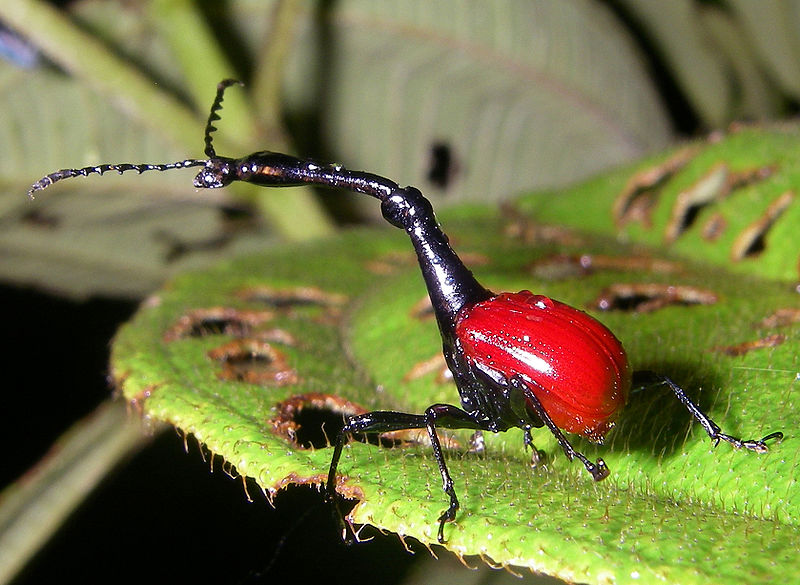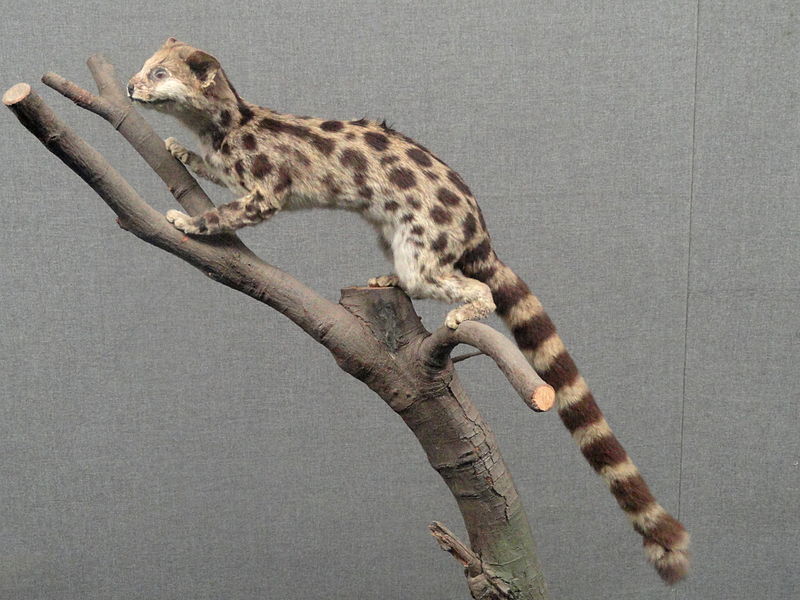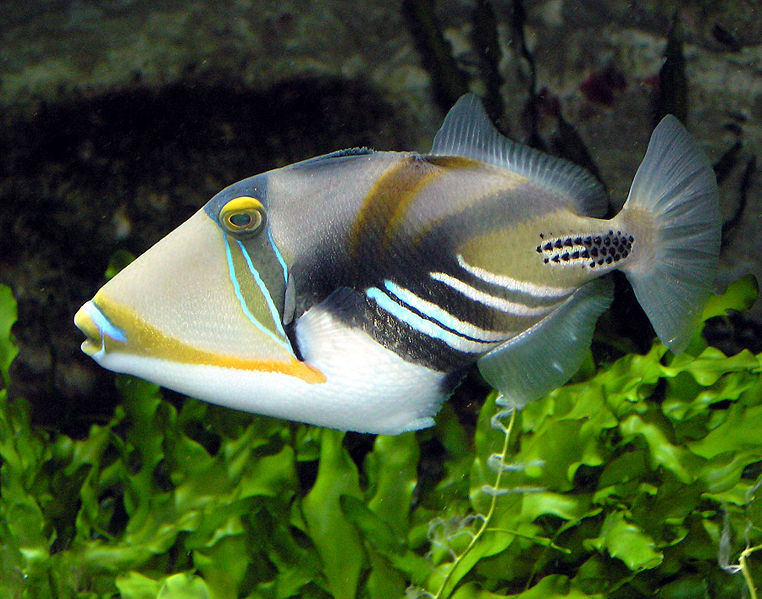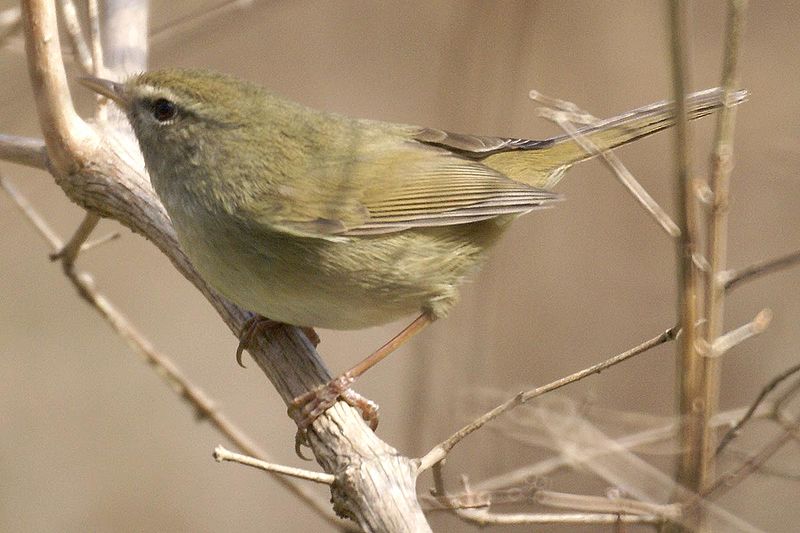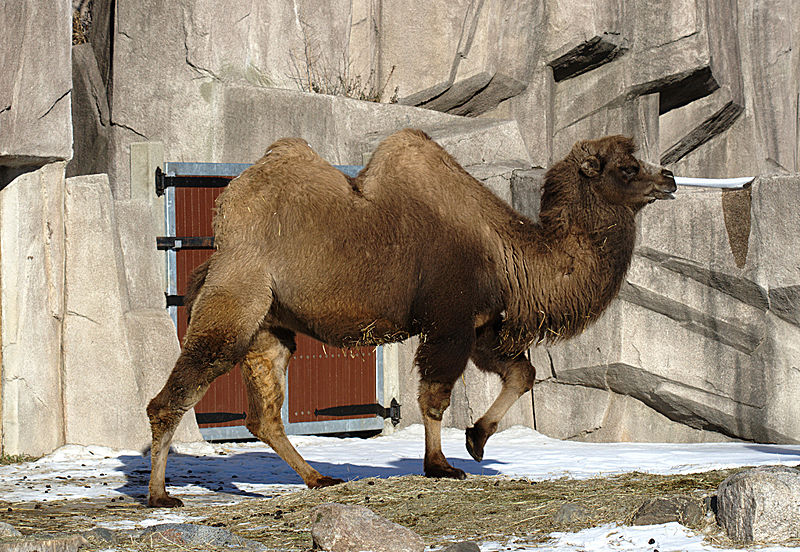
A couple of weeks ago, I had the opportunity to visit a wildlife sanctuary with my nieces (and the rest of my family). During this trip, we had the opportunity to see a camel up close and personal. Although, it was a little scary since it sounded like the camel wanted to spit on all of us, I still enjoyed his company. Since then, I have been constantly thinking about Camels so I thought I would do a second Wild Fact on the mysterious animal. The first Wild Fact just had general information on all camels. Today’s Wild Fact is going to be all about the Bactrian Camel, which of course has two humps as oppose to their relatives with the one hump. For the record, the Camel I saw at the sanctuary only had one hump but I want him to know that he was still the inspiration for today’s animal fact.
As mentioned the Bactrian Camel has two humps but they still work the same way as the single hump variety. They store fat, which can be converted to water and thus allows them to travel long distances without drinking. Typically you picture a camel trekking across the wide open deserts with sand blowing in the air. Well, that isn’t entirely true for the Bactrian type since they actually hang out in the Rocky Deserts of Central and East Asia. Don’t get me wrong, this is still not a pleasant place to live since it can easily reach 100 degrees Fahrenheit (38 degrees Celsius) in the summer and drop to minus 20 degrees Fahrenheit (-29 degrees Celsius) during the winter months. How in the world do these animals survive?
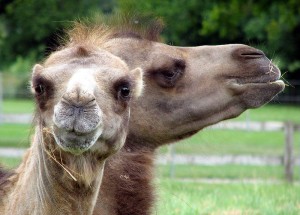
First of all, they have a nice heavy coat for the winter, which they shed before the summer heat comes into full force. As well, the Bactrian Camel rarely sweats, which helps conserve water. In fact, they are so good at conserving water that the little drinks they get from the winter plants can sustain their thirst for weeks. Although, once they find a good source of water, they will soak it up like it is going out of style. They can actually drink 30 Gallons (135 L) in a about 13 minutes. That has to be some sort of record!
Bactrian Camel Fast Fact – With fewer than a 1000 Bactrian Camels surviving in the wild and their population on decline, they have actually been made part of the EDGE (Evolutionary Distinct and Globally Endangered) project. Hopefully, their population will be protected and we can continue to enjoy these beautiful beasts. I have learned first hand that even if it sounds like they are going to spit on you, they really are beautiful beasts.
Well, I guess I should go and get ready to write the last Wild Fact of the week. I hope you will join me tomorrow as we learn about another interesting animal species.


